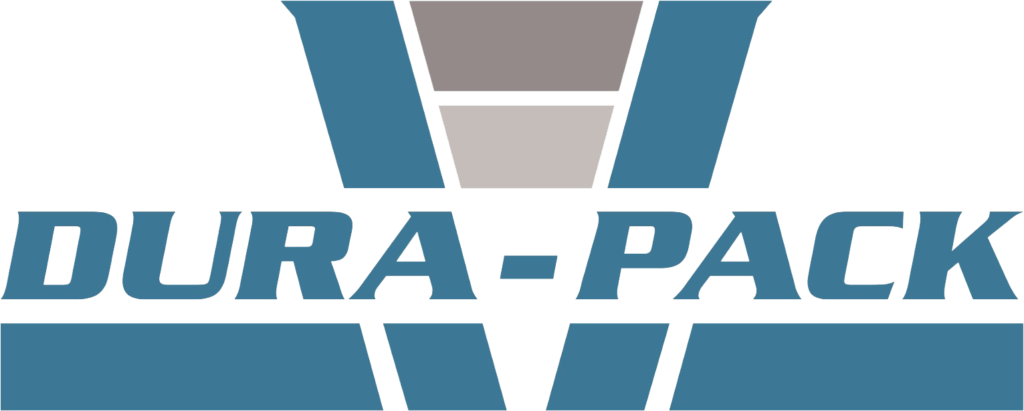Have you ever seen on the back of a plastic water bottle that bright green recycle? Knowing that little bottle of plastic can be made into something new means it doesn’t harm the environment, right? I hate to break it to you but that’s not necessarily true. Big name companies do this to make consumers think their products don’t ecological footprint, when in reality recycled plastic does more harm than good. In this essay I will beg the question of “Do packaging recycling programs really work?”
First, we must break down plastic recycling. In most cases plastic is only recyclable after 10o years only then it can be broken down and made into something new. There are some exceptions to this rule though. When plastic in put under intense heat and pressure it can be made into something new, but this process requires more energy. This is when it becomes more harmful than beneficial. To get this energy we must burn fossil fuels which admit harmful gasses into the atmosphere. To perform this process, it tends to be one bad thing after the next and that’s one of the main reasons packaging recycling programs don’t work.
Although there are many packaging recycling programs that don’t work there are some that are somewhat successful. These programs are the ones that use carboard packaging. There are two different types of cardboard that is commonly recycled and that is corrugated and paperboard. Corrugated cardboard is thick cardboard with an extra layer of wavy fiber in between sheets. The extra layer makes it stronger and is the best option when it comes to shipping and packaging. Almost 81% of corrugated cardboard is recycled. Any shape, color, or size cardboard can be recycled. Paperboard is used for cereal boxes, cake mix boxes. Unlike plastic cardboard can be recycled easily without using a lot of energy. It is a high-quality material capable of being recycled multiple times. Recycling boxes also reduces processing pollution by 95% because the fiber has already been processed.
Compared to plastic cardboard is most certainly the better option when it comes to recycling. To answer the question of whether Packaging recycling programs work I would say yes, and no. No because if the packaging has plastic in it does more harm than good when it comes to the recycling process. The breakdown time of it is way too long and although it is considered “biodegradable” it is being produced at a rate where we cannot recover from. My is yes when it comes to cardboard packaging-based programs. Cardboard has a clear sustainability benefit over plastic when it comes to disposal, waste management and end of product or material lifecycle. Cardboard is biodegradable and breaks down much quicker than plastic. It also has a much higher recycling rate. To increase sustainability our society must promote the use of cardboard rather than plastic packaging. This practice causes less harm to our environment, and we can tackle the anthropogenic affects to create a better environment for plants, animals and future generations to come.
Essay by: Imoya Senay Loveladyl
George Ranch

